The building integrated-photovoltaics market in Mexico is characterized by a dynamic competitive landscape, driven by increasing demand for sustainable energy solutions and government incentives promoting renewable energy adoption. Key players such as Tesla (US), SunPower (US), and Onyx Solar (ES) are actively shaping the market through innovative product offerings and strategic partnerships. Tesla (US) focuses on integrating solar technology with its energy storage solutions, enhancing the appeal of its solar roof products. SunPower (US) emphasizes high-efficiency solar panels and has recently expanded its offerings to include building-integrated solutions, positioning itself as a leader in the premium segment. Onyx Solar (ES) specializes in architectural solar solutions, leveraging its expertise to cater to the growing demand for aesthetically pleasing photovoltaic systems in commercial and residential buildings.
In terms of business tactics, companies are increasingly localizing manufacturing to reduce costs and improve supply chain efficiency. This trend is particularly evident in the Mexican market, where firms are establishing production facilities to meet local demand while minimizing import tariffs. The competitive structure of the market appears moderately fragmented, with several players vying for market share, yet the influence of major companies remains substantial, as they set benchmarks for innovation and quality.
In October 2025, Tesla (US) announced the opening of a new manufacturing facility in Mexico, aimed at increasing production capacity for its solar roof products. This strategic move is likely to enhance Tesla's market presence and reduce lead times for customers, thereby strengthening its competitive position. The establishment of local manufacturing capabilities may also allow Tesla to respond more swiftly to market demands and regulatory changes, which is crucial in the rapidly evolving energy landscape.
In September 2025, SunPower (US) launched a new line of building-integrated photovoltaic products designed specifically for the Mexican market. This initiative reflects SunPower's commitment to innovation and its strategy to cater to local preferences for energy-efficient solutions. By tailoring its offerings to meet regional needs, SunPower is likely to enhance its competitive edge and capture a larger share of the market.
In August 2025, Onyx Solar (ES) secured a significant contract for a large-scale commercial project in Mexico, which involves the installation of its advanced solar glass technology. This contract not only underscores Onyx Solar's expertise in integrating solar technology into building materials but also highlights the growing acceptance of innovative solutions in the Mexican construction sector. Such strategic contracts are pivotal for establishing long-term relationships with key stakeholders in the market.
As of November 2025, the competitive trends in the building integrated-photovoltaics market are increasingly defined by digitalization, sustainability, and the integration of AI technologies. Strategic alliances among companies are becoming more prevalent, facilitating knowledge sharing and resource optimization. The shift from price-based competition to a focus on innovation and technology is evident, as firms strive to differentiate themselves through advanced solutions and reliable supply chains. Looking ahead, competitive differentiation is expected to evolve further, with an emphasis on sustainable practices and cutting-edge technology, positioning companies to better meet the demands of a rapidly changing energy landscape.


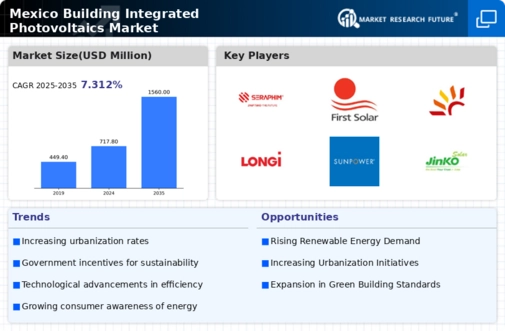
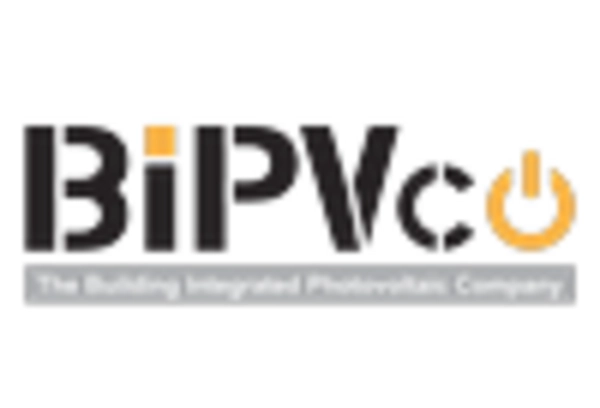
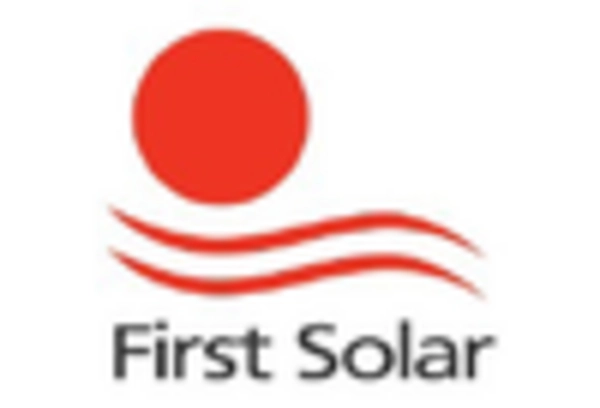
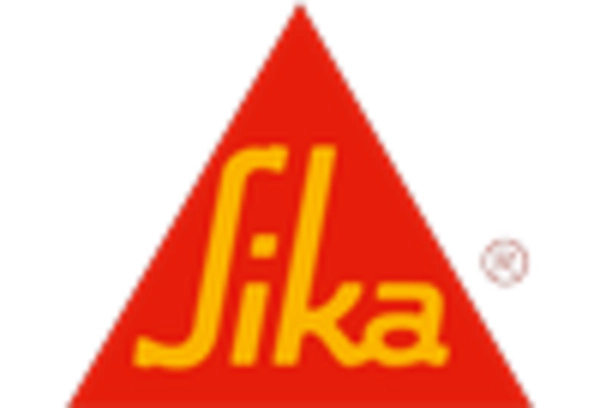
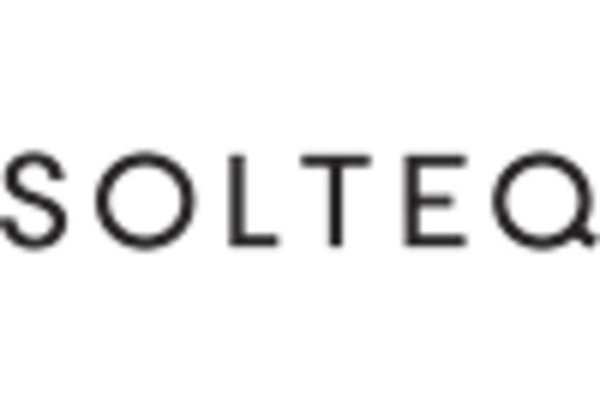

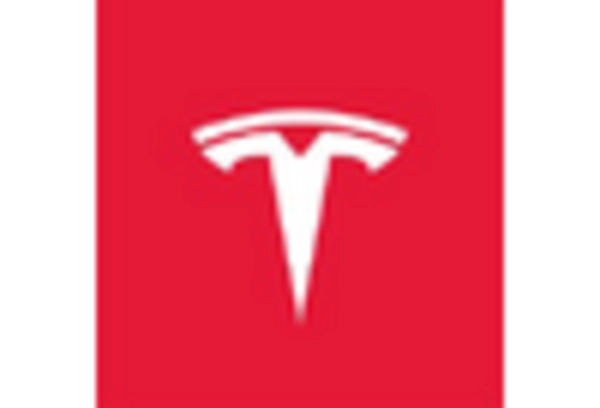








Leave a Comment